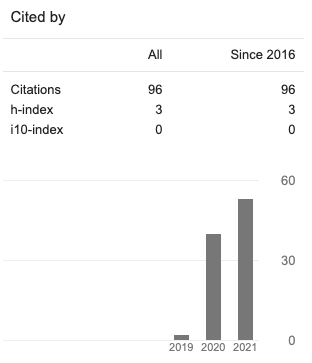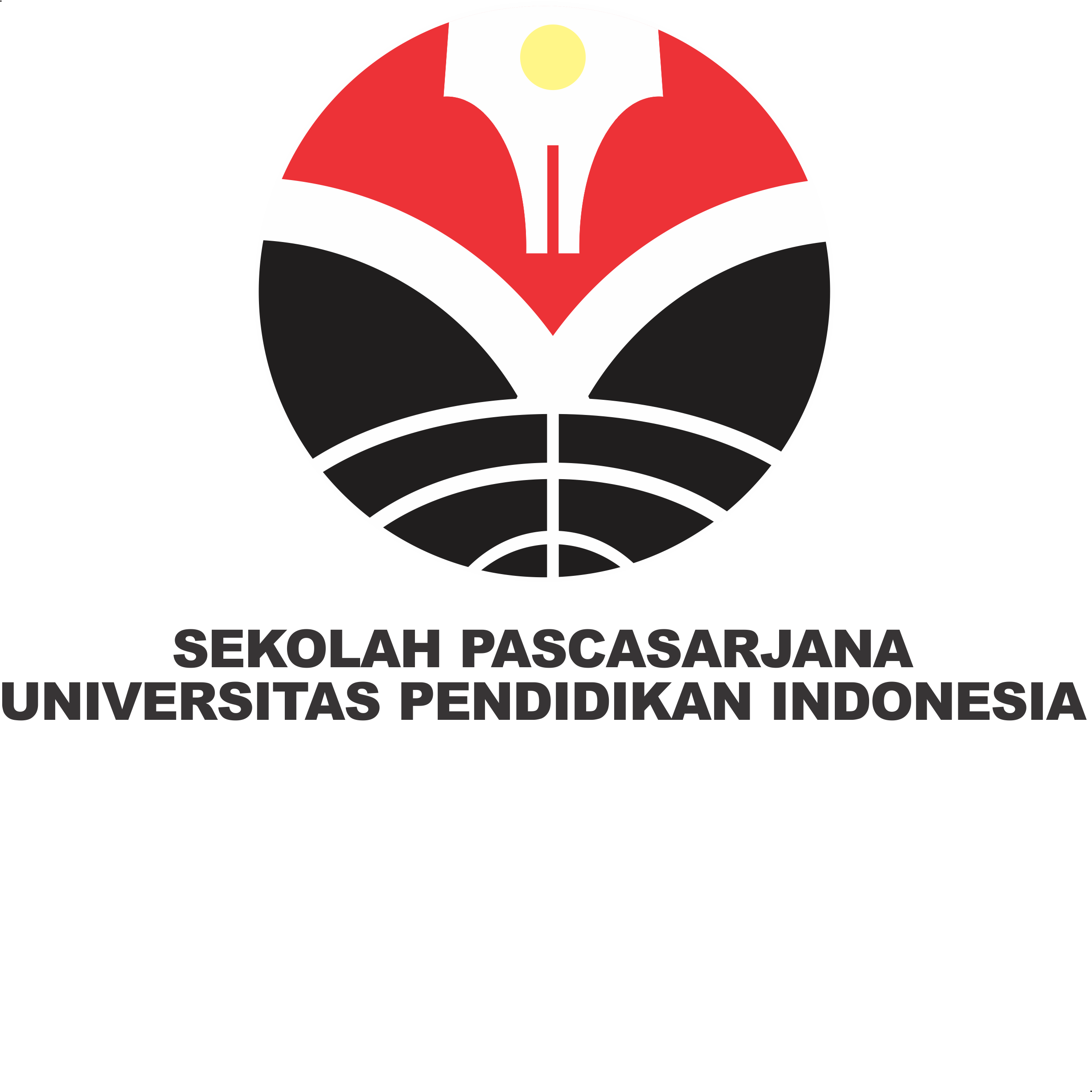Analysis of Elementary School Students' Understanding of the Fractional Value of Money Concept Using the Project Based Learning Model
Abstract
This research aims to describe and obtain information regarding students' understanding of the concept of fractional value of money when using the Project Based Learning model because it was found that there are still many students who do not understand the concept of currency value. This type of research is descriptive research using a qualitative approach. This method was used because this research describes the results of research in depth regarding the concept of fractional value of students' money. The subjects of this research were 24 2nd grade elementary school students at Bandung City Foundation Elementary School. The data collection technique for this research is using tests, observation and documentation then analyzing the data obtained. The results of this research show that using the Project Based Learning model can help improve the results of 2nd grade elementary school students' understanding of the concept of fractional currency values ​​and get very good results and the expected learning will be realized very well. The use of the Project Based Learning model is suitable for helping children think creatively, one of which is in mathematics subjects regarding the concept of fractions of the value of money.
Copyright (c) 2024 Sifa Rizkika Fauzi, Rifa Nurhanifah, Prana Dwija Iswara

This work is licensed under a Creative Commons Attribution 4.0 International License.















